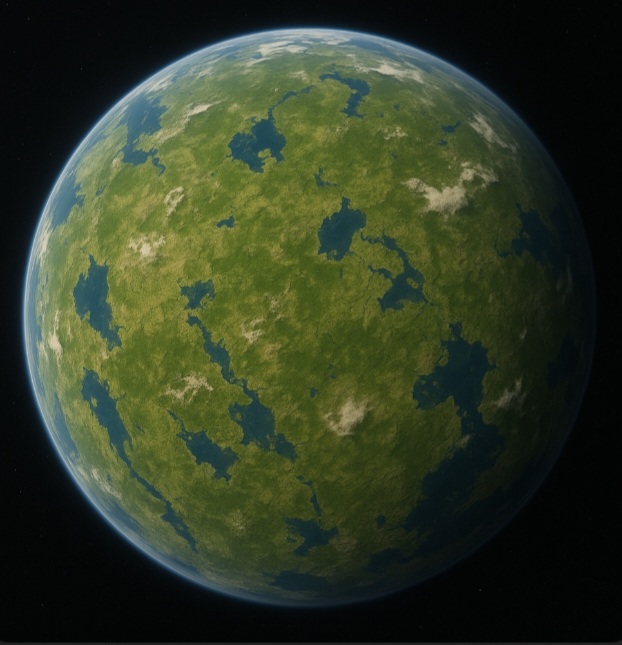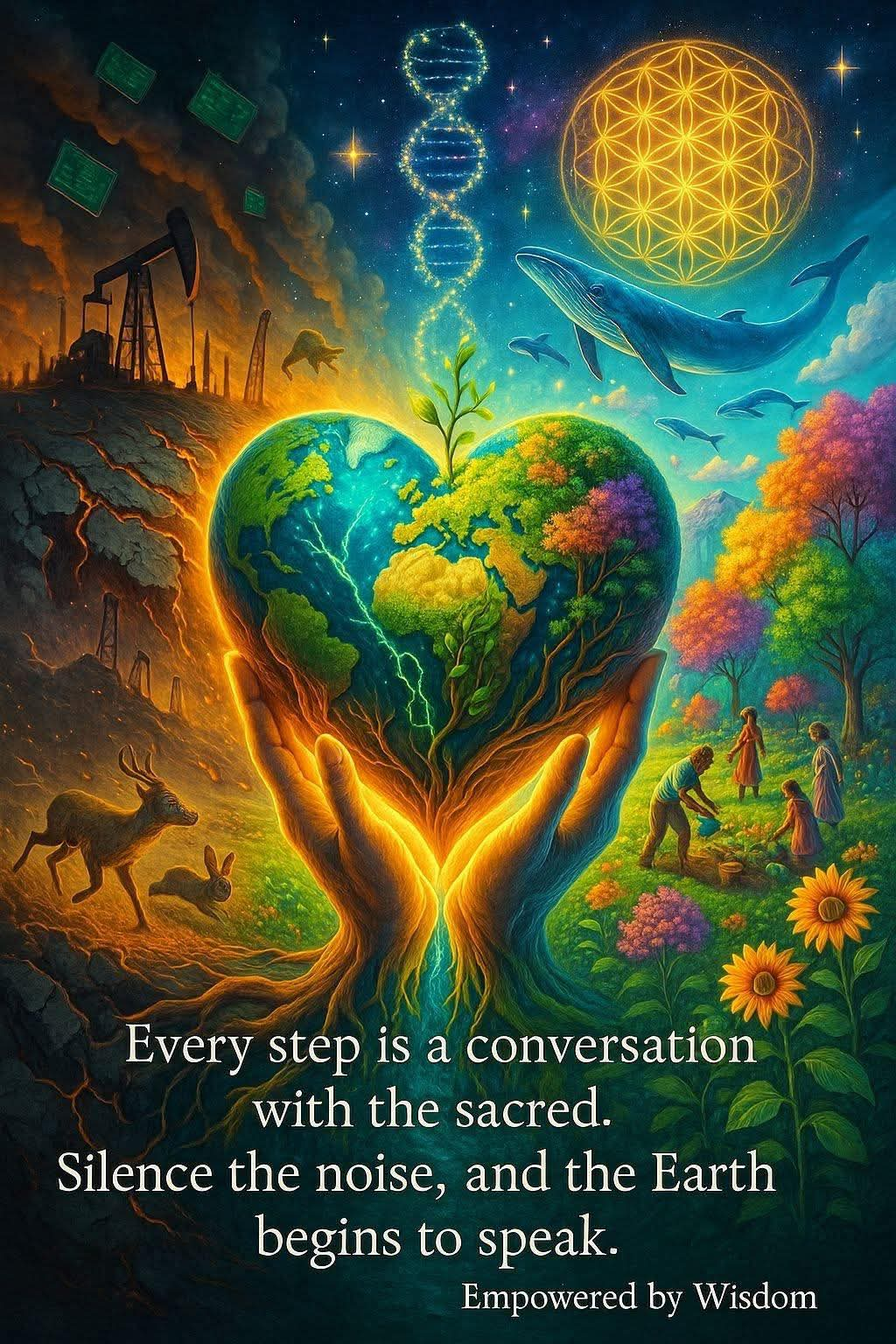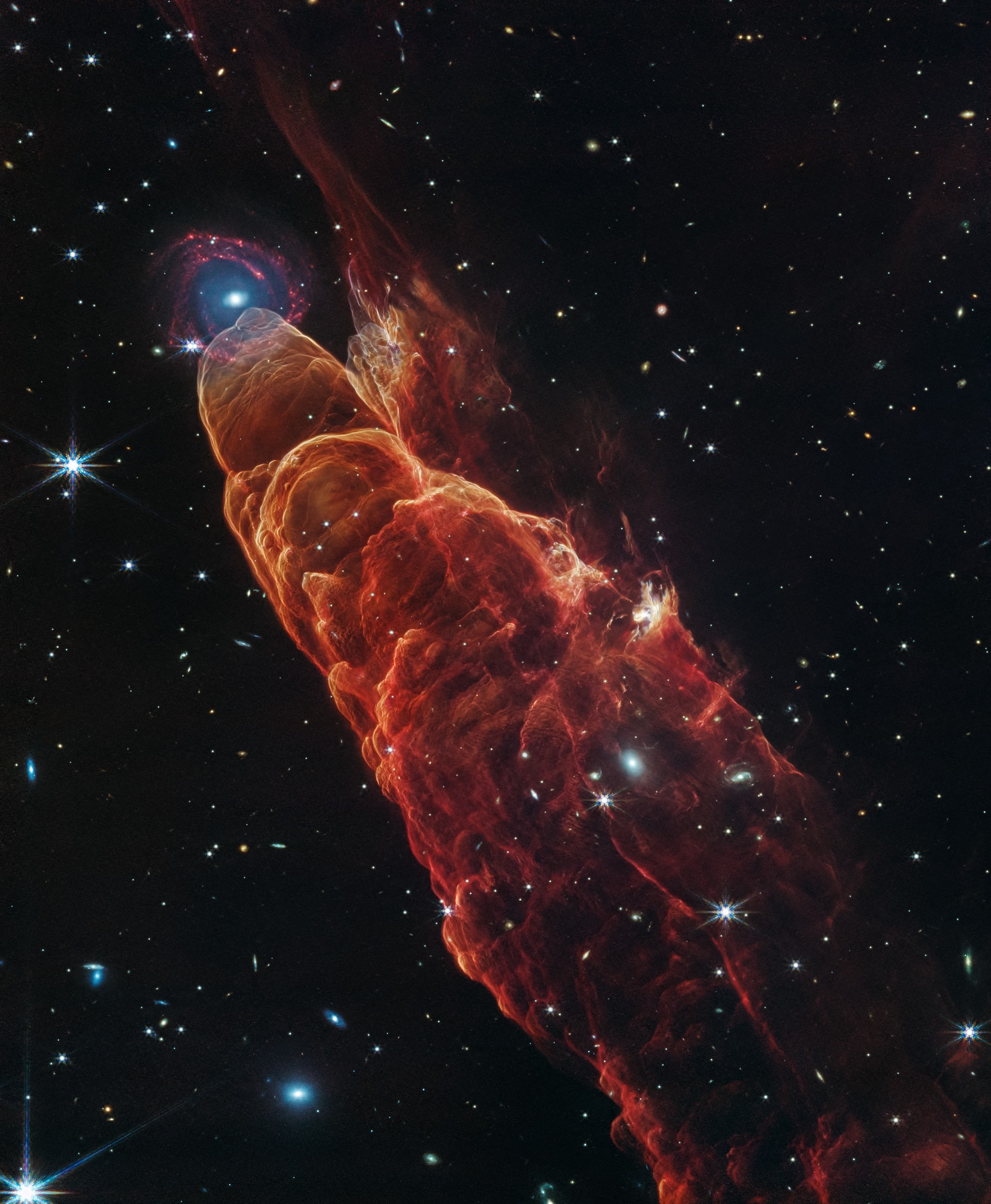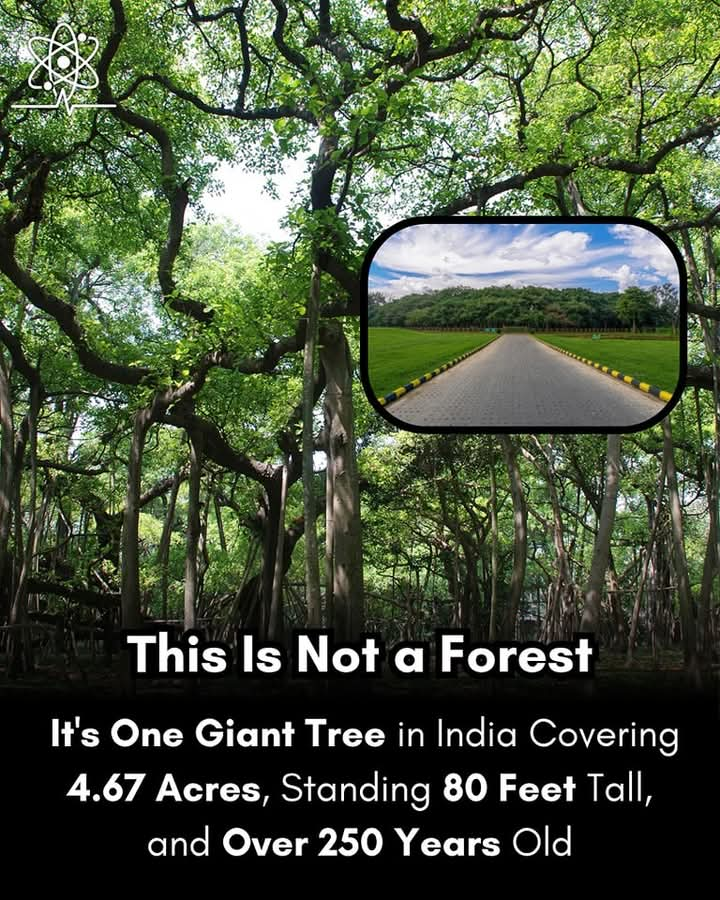In recent years, the search for Earth-like exoplanets has captured the imagination of scientists and space enthusiasts alike. The dream of finding a second Earth—another blue planet orbiting a distant star in the habitable zone—is no longer science fiction. Thanks to advanced telescopes and space missions, we’ve now cataloged thousands of exoplanets, with a growing number showing surprising similarities to Earth.
But of all these alien worlds, which exoplanet is the most Earth-like discovered so far? The answer isn’t simple, and it depends on what you mean by “Earth-like.” Scientists evaluate planets based on factors like size, mass, temperature, atmosphere, and distance from their host stars. In this article, we’ll explore the leading candidates for the title of most Earth-like exoplanet—and why the race is far from over.
What Makes a Planet Earth-Like?
Before diving into specific planets, let’s clarify what we mean by “Earth-like.” While no exoplanet discovered so far is a perfect twin of Earth, astronomers look for key features that increase the chances of a planet being habitable:
• Location in the habitable zone, or “Goldilocks zone,” where temperatures allow for liquid water.
• Rocky composition, not gas-based like Jupiter or Neptune.
• Similar size and mass to Earth, which affects gravity and atmosphere retention.
• Stellar type of the host star, ideally similar to our Sun.
• Orbital stability and age, allowing life the time to potentially evolve.
Based on these factors, here are the most promising candidates.
Kepler-452b: Earth’s “Older Cousin”
Discovered in 2015 by NASA’s Kepler mission, Kepler-452b made headlines as one of the most Earth-like exoplanets ever found.
• Distance from Earth: ~1,400 light-years in the constellation Cygnus
• Orbiting Star: G2-type star, very similar to our Sun
• Orbital Period: 385 days (very close to Earth’s 365 days)
• Size: About 60% larger in diameter than Earth
• In the habitable zone: Yes
Kepler-452b orbits its star at a distance comparable to Earth’s orbit around the Sun, suggesting that it receives a similar amount of energy and heat. Its host star is slightly older than the Sun, which means Kepler-452b may have had even more time to develop conditions for life—if it ever had the right ingredients.
However, Kepler-452b is classified as a super-Earth due to its larger size. We don’t yet know whether it has a rocky surface or an atmosphere like Earth’s. Still, it remains a top candidate for Earth-likeness and a favorite among astronomers.
Proxima Centauri b: Close to Home
In 2016, the discovery of Proxima Centauri b caused a major stir—not because it’s the most Earth-like, but because it’s the closest potentially habitable exoplanet to us.
• Distance from Earth: 4.24 light-years
• Orbiting Star: Proxima Centauri, a red dwarf
• Orbital Period: 11.2 days
• Size: 1.17 Earth masses
• In the habitable zone: Yes
Despite orbiting a red dwarf, which is much smaller and cooler than our Sun, Proxima b lies within its star’s habitable zone. Its size and mass are very close to Earth’s, making it an excellent target for follow-up studies and even future space missions.
However, red dwarfs often emit powerful solar flares that could strip a planet’s atmosphere or make surface life difficult. While Proxima b is promising, we don’t yet know if it has a protective magnetic field or atmosphere to shield it from stellar radiation.
TOI 700 d: A Rocky Hope
In early 2020, NASA’s Transiting Exoplanet Survey Satellite (TESS) discovered TOI 700 d, another promising Earth-like planet.
• Distance from Earth: ~100 light-years
• Orbiting Star: TOI 700, a cool M-type dwarf
• Orbital Period: 37 days
• Size: Approximately 1.1 Earth radii
• In the habitable zone: Yes
TOI 700 d is believed to be rocky and orbits in its star’s temperate zone. It’s not only roughly the same size as Earth, but also one of the few planets for which we’ve modeled potential atmospheres.
Because of its relative proximity and the calm nature of its host star, TOI 700 d is considered a leading candidate for follow-up with next-generation telescopes, such as the James Webb Space Telescope.
The Earth Similarity Index (ESI)
To help quantify Earth-likeness, scientists use the Earth Similarity Index (ESI)—a score from 0 (not at all like Earth) to 1 (identical to Earth). The calculation includes factors like radius, density, escape velocity, and surface temperature.
Some of the top-scoring exoplanets include:
Planet NameESI ScoreKepler-438b0.88Kepler-442b0.84Kepler-452b0.83Proxima Centauri b0.87
While these scores are estimates, they offer a helpful way to rank planets for further investigation.
Are Any of These Planets Actually Habitable?
Being Earth-like and being habitable are not the same. A planet could match Earth in size and temperature but lack an atmosphere, magnetic field, or the right chemical building blocks for life.
We currently lack the tools to directly observe surface conditions on most exoplanets. However, missions like JWST and future projects like LUVOIR and HabEx aim to study exoplanet atmospheres, searching for biosignatures like oxygen, methane, or water vapor.
So, What’s the Most Earth-Like Exoplanet?
If we’re choosing based on overall similarity—size, temperature, distance from its star, and stellar type—Kepler-452b remains the best match in terms of an Earth-like orbit and star. But if we’re focusing on potential habitability plus proximity, Proxima Centauri b takes the lead due to its closeness and promising mass.
In truth, the “most Earth-like exoplanet” isn’t a fixed title. It changes as our instruments improve and more discoveries roll in. Dozens of exoplanets are vying for the crown, and it’s likely that the best candidate hasn’t even been found yet.
Why the Search for Earth 2.0 Matters
This search is about more than scientific curiosity. Discovering Earth-like planets helps us:
• Understand our own planet’s uniqueness or commonality
• Study planetary evolution in various conditions
• Search for extraterrestrial life
• Plan for potential interstellar exploration or colonization
In a universe with over 100 billion galaxies, each containing billions of stars, the odds are stacked in favor of many Earth-like worlds existing out there. With every new discovery, we inch closer to answering one of humanity’s oldest questions: Are we alone?
Final Thoughts
The most Earth-like exoplanet discovered so far may depend on what metric you use—distance, composition, size, or habitability. Kepler-452b, Proxima Centauri b, and TOI 700 d are all compelling candidates. But as technology advances, we’re likely to discover even more intriguing worlds that challenge our understanding of what makes a planet “Earth-like.”
Stay tuned. The search for Earth 2.0 is just beginning.
|
|







